In conversation with a forger – how not to buy fake art
November 28, 2017
In 2007, Shaun Greenhalgh was arrested and imprisoned for art forgery. After 28 years of creating and selling forgeries to art dealers, it was a trio of Assyrian reliefs, and the keen eyes of The British Museum, that got him caught. We speak to Greenhalgh about his experiences as a forger, and ask his advice on how to avoid investing in a fake.
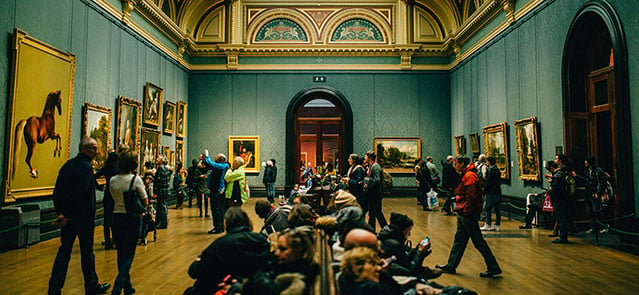
You might think that with so much of the work of famous painters, like Picasso, Pollock and Rothko, being owned and displayed in galleries across the world, forgers would have a hard time convincing private artcollectors to buy counterfeit pieces. Not so. A recent report by Switzerland’s Fine Art Institute (FAEI) estimates that up-to 50% of art in the market is fake[1] – revealing that the world of forgery is not as clear cut as it would seem.
‘Experts and dealers are usually the first to encounter art forgeries simply because new-to-market work has to pass their scrutiny before the faker has any chance of a sale,’ Says Shaun Greenhalgh, one of the world’s most famous (ex) forgers. As a man whose work has sold to British royalty, and has a piece he claims as his own work still being argued by some experts as an authentic Leonardo da Vinci[i], he knows a thing or two about getting art past experts.
The art of forgery
Public perception of art forgery is, as Greenhalgh describes, ‘the romantic image of a whiskered old forger at his easel’. But in reality – far from the illusion of a charming and exclusive profession –Greenhalgh says, ‘it’s just crime, isn’t it?’
‘Many artists are easy to copy for any half competent faker – that’s what art forgers do after all. The ”hand” or getting it to look alike isn’t the problem, it’s the age of the work that’s always the difficult thing.’
That’s why, at the highest end of the forgery industry – the fakes which make the headlines – the process of creating a fake is something of an art form itself.
‘For obvious reasons, art forgeries tend to be at the upper end of the art market. Most fakers choose their subject to be faked with care. Considering what artworks are approaching the top of their cycle, time and taking into account what the material cost might be.

The lab is where the greatest changes and advances have been made – in both detection and the fakers response to it. Such spectacular successes as Van Meegeren’s Vermeers aren’t fooling anyone these days. They wouldn’t get past a ten-year-old armed with a shop bought chemistry set,’ says Greenhalgh.
Spotting a fake? Lookout for the ‘tell’
In Greenhalgh’s own work, he says he would always put a ‘tell’, something which would alert an expert to its status as a fake[2]. While this was his way of testing his own talents as a forger, not all forgers are so skilled, and the ‘tells’ are often unintentional. To the untrained eye however, spotting such intricacies isn’t always possible.
‘With the best fakes, there are no big giveaways, unfortunately!’ Greenhalgh confesses. And while conventional wisdom might be that you get what you pay for, when it comes to art, that’s not always the case. ‘The price of a work of art can’t be taken as an indication of authenticity. There have been genuine works bought for pennies at boot sales and fakes bought for millions. A potential buyer of fine art should always be concerned with the quality of work not the price of it.’
He continues, ‘Any reputable dealer welcomes a questioning client. They should always give you the benefit of their (usually) extensive knowledge. They aren’t called experts and dealers for nothing. Buying in person is always preferable. Looking at – and handling – genuine art is the best way to learn what is the real thing.’
Follow the paper trail
Beyond relying on the judgement of experts, we asked Greenhalgh if there are other ways of ascertaining whether a piece is legitimate.
‘Major works of art have an extensive provenance – a kind of ‘pedigree’ – and nothing of great value in the art trade would sell without one,’ says Greenhalgh. ‘This is usually in the form of proof of exhibition, auction, or dealer records. These are sometimes meticulous, going back centuries but most are fragmentary. Well-documented works always bring premium prices and it would be unwise for any collector not in possession of a good eye and long experience to take a punt on any expensive art work not having a good provenance.’
Another way to review your work’s authenticity is to check the catalogue raisonné – which is ‘an accepted list of all that artists’ work as agreed upon by experts of the day.’ But, as Greenhalgh cautions, any work can be submitted, and even approved.
‘My Gauguin faun of 1994 was submitted by the auctioneer to the highly regarded Wildenstein Institute of Paris who identified it as genuine and added it to the Gauguin catalogue raisonné. Buying art is always a risk, but so is life.’
An evolving problem
As with most industries, the internet has changed the face of art forgery. And although Greenhalgh has seen ‘an explosion of fake art online over the last decade’ it doesn’t take much to spot a counterfeit.
‘Fortunately, it’s mostly done by amateurs out for a fast buck. They are easily seen as such and if you can’t spot them then don’t be an art collector,’ he states, ‘For the new collector who hasn’t yet developed the eye and feeling for the quality of paintings, but has the passion for it, the online market is the riskiest place to buy.’
It’s not all high risk, however. ‘The safest places to buy are the websites of reputable dealers. They invariably offer well documented art at fair market prices, offer guarantees and are subject to official trading standards. Any art collector, experienced or novice can buy with confidence from such establishments.’
Taking action
Art forgery is, Greenhalgh tells us, as old as art itself. So, it follows that for centuries – millennia, even – people have been falling foul of fake work. But what can you do if you suspect you have bought a forgery?
‘If your suspicions are raised, for whatever reason, then seek expert opinion. This could be a cursory look by an experienced eye, or it could take several weeks of scientific tests. Either are usually sufficient to tell an average fake from genuine. But some disputes have carried on for years.
Online buyers could have problems with private online deals. Dealers on the other hand are bound by trading standards and their association obligations. Plainly, the sensible way to go if you intend to spend a sizeable amount of money on art is to buy at auction or find a reputable dealer in the field of your interest in art.
As a last resort, there’s always the ‘Art and Antiques squad, at New Scotland Yard – as I know to my cost!’
If you’ve invested in a piece of genuine art, it’s a unique and valuable asset, which is worth protecting. Whether you’re new to collecting, or have an established collection, consider specialist art insurance to make sure that if you experience damage or loss, you’re covered.
You can buy Shaun Greenhalgh’s book, A Forger’s Tale, online or in any good bookstore.
To check an artist’s catalogue raisonné, visit the International Foundation for Art Research
[1] https://en.artmediaagency.com/tag/fine-art-expert-institute/
[2] https://www.theguardian.com/artanddesign/2017/may/27/wasnt-cock-a-hoop-fooled-experts-britains-master-art-forger
[i] https://www.theguardian.com/commentisfree/2015/nov/30/leonardo-da-vinci-experts-painting-la-bella-principessa

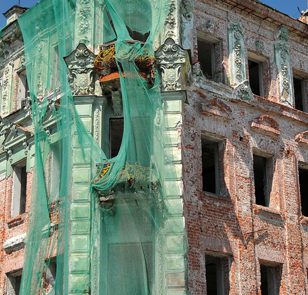
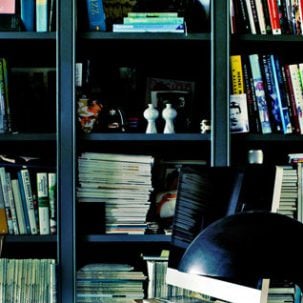
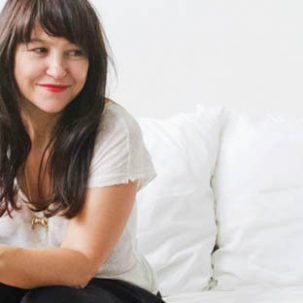

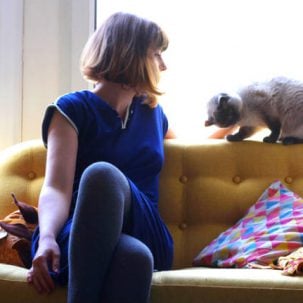
 Very satisfied with the service from Hiscox as always
Very satisfied with the service from Hiscox as always

